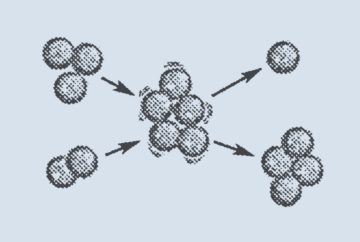Daniel Jassby in Inference Review:
 In recent years, a steady flow of press releases from nuclear fusion research projects has hailed breakthrough advances and new record yields. Despite the relentlessly optimistic tone of these announcements and the repeated claims that the prospects for commercialization have never looked brighter, the stark reality is that practical fusion-based electric power remains a distant prospect. It is likely unachievable anytime in the next half a century.
In recent years, a steady flow of press releases from nuclear fusion research projects has hailed breakthrough advances and new record yields. Despite the relentlessly optimistic tone of these announcements and the repeated claims that the prospects for commercialization have never looked brighter, the stark reality is that practical fusion-based electric power remains a distant prospect. It is likely unachievable anytime in the next half a century.
Even then, it may still remain beyond our grasp.
The most readily accessible nuclear fusion process combines the hydrogenic isotopes deuterium and tritium to release energy in the form of energetic neutrons and helium ions. There are two broad approaches toward achieving terrestrial fusion. In magnetic confinement fusion (MCF), magnetic fields are used to confine the hot fusion fuel in the form of a fully ionized gas or plasma that persists for seconds or longer. In inertial confinement fusion (ICF), laser or particle beams are used to compress and heat a tiny capsule of fusion fuel to generate a micro-explosion of a nanosecond duration.
More here.
